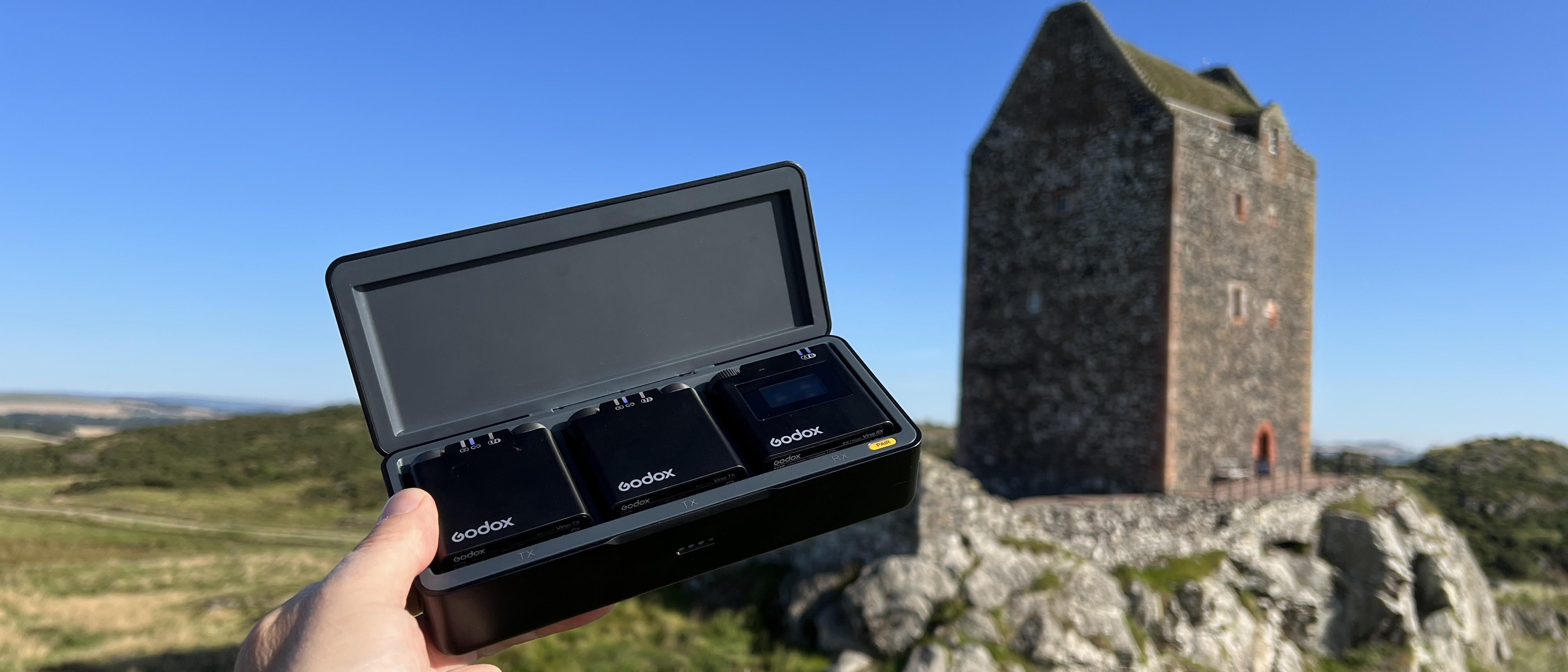Digital Camera World Verdict
The Virso M2 kit is the perfect solution if you want to record two people in conversation from up to 200 meters. The option to record directly onto a transmitter via a micro SD card provides extra peace of mind if you are worried about signal dropout, but we encountered no problems in this area. If you want to record three people chatting then the Virso S M2 kit is worth a look as it has a built-in mic on the receiver as well as on its two transmitters, but for most video makers the Virso M2 kit should suffice.
Pros
- +
Long range
- +
No drop out
- +
Onboard recording via micro SD
- +
Works straight from the box
Cons
- -
Lack of 3.5mm jack to lightning adaptor for iPhone users
Why you can trust Digital Camera World
Godox produces a wide range of wireless microphone systems and the Virso/Virso S are two new additions to this line.
The Virso M2 kit and the Virso S M2 kit are almost identical - both include a pair of mic transmitters and a receiver. The label M2 stands for two mics. You can also buy cheaper Virso M1 kits that have one transmitter mic and a receiver. The transmitters in both the Virso and Virso S kits are identical but the Virso S has a slightly different receiver. The Virso S receiver has a built-in microphone so that you can record the camera operator’s voice in addition to the voices of an interviewer and an interviewee who are wearing the two transmitter mics.
Unlike the classic belt clip on the Virso receiver, the Virso S has a Sony hot shoe connector that is designed to slot the Virso S receiver into the multi-interface shoe on Sony camera and provide a better signal than you can achieve using a traditional 3.5 mm connector. As I don’t own a Sony camera I used the Virso M2 kit to record the dialogue in this review’s test video. Check out the video in the performance section to hear the Virso M2 kit in action.
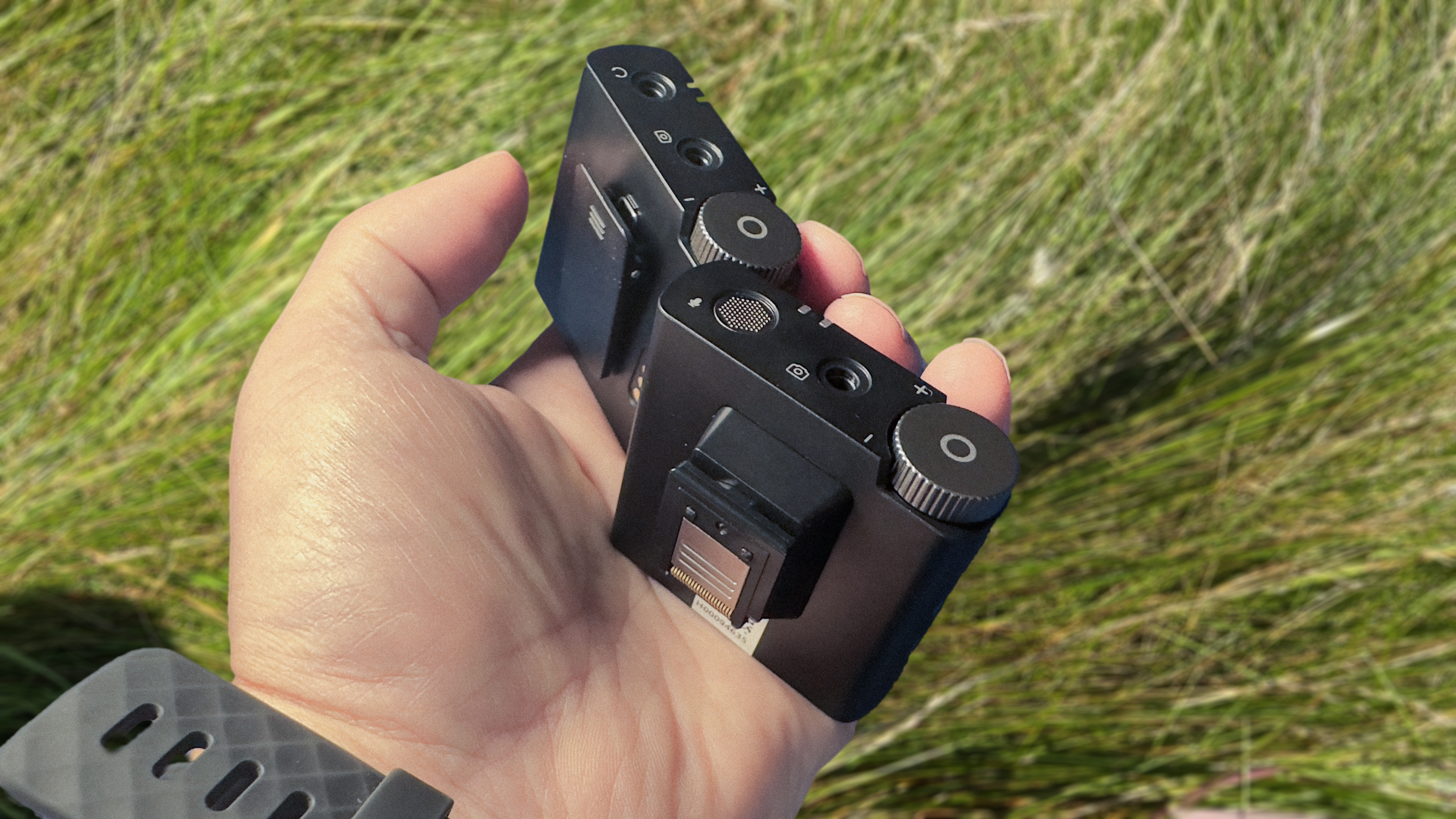
Specifications
| Virso Transmitter | Header Cell - Column 1 |
|---|---|
| Transmission Type | 2.4GHz Frequency Hopping System |
| Pick-up Mode | Omnidirectional |
| Sensitivity | -32dB±2dB |
| Signal to Noise Ratio | ≥70dB |
| THD | 0.03% |
| Frequency Range | 50Hz-18KHz |
| Max.SPL | 110dB |
| Dynamic Range | 90dB |
| Power Supply | Built-in Lithium Battery |
| Battery Capacity | 400mAh |
| Type-C Input Parameters | 5V/0.32A |
| Battery Life | Approx 13h |
| Working Range | Max. Wireless Transmission Distance is 200m |
| Size | 50×50×16mm |
| Weight | 33g |
| Virso Receiver | Header Cell - Column 1 |
|---|---|
| Battery Capacity | 600mAh |
| Type-C Input Parameters | 5V/0.4A |
| Battery Life | Approx 17h |
| Dimension | 52×50×16mm |
| Net Weight | 39g |
Key Features
Both the Virso M2 and the Virso S M2 kits ship with two transmitters that are identical in both versions of the Virso kit. These transmitters feature a built-in mic so you can clip them straight onto the shirt of your subject and pick up their voice on the receiver attached to your camera. Broadcasting at 2.4GHz the transmitters have a range of up to 200 meters as long as there is a line of sight between the transmitters and the receiver.
As mentioned in our intro, the Virso S kit’s receiver has an additional mic so that the camera operator can also join in the conversation while interviewing two subjects simultaneously. You can also attach supplied lavalier mics to the two transmitters for a more discrete microphone presence.
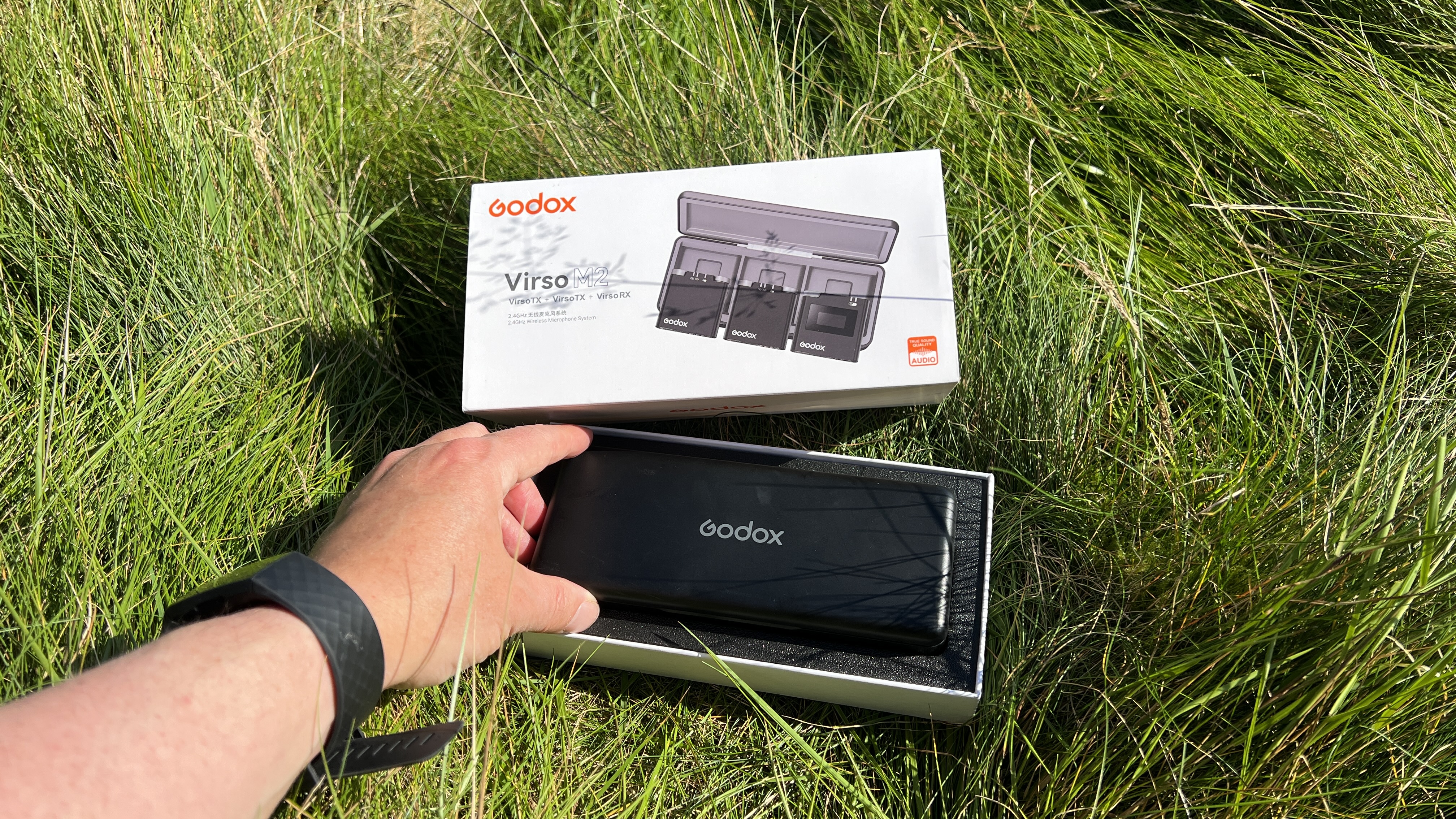
Another very welcome key feature is the presence of a micro SD card slot in the transmitters. This enables you to record sound directly onto the micro SD card so if there is a drop-out in the connection between the transmitter and receiver you can rescue your uninterrupted recording from the card. A professional sound recordist will want to monitor the sound coming into the receiver at all times and they can do so courtesy of the receiver’s headphone output socket. They can then hear problems such as drop out, wind noise, etc., and re-record the sequence if necessary.
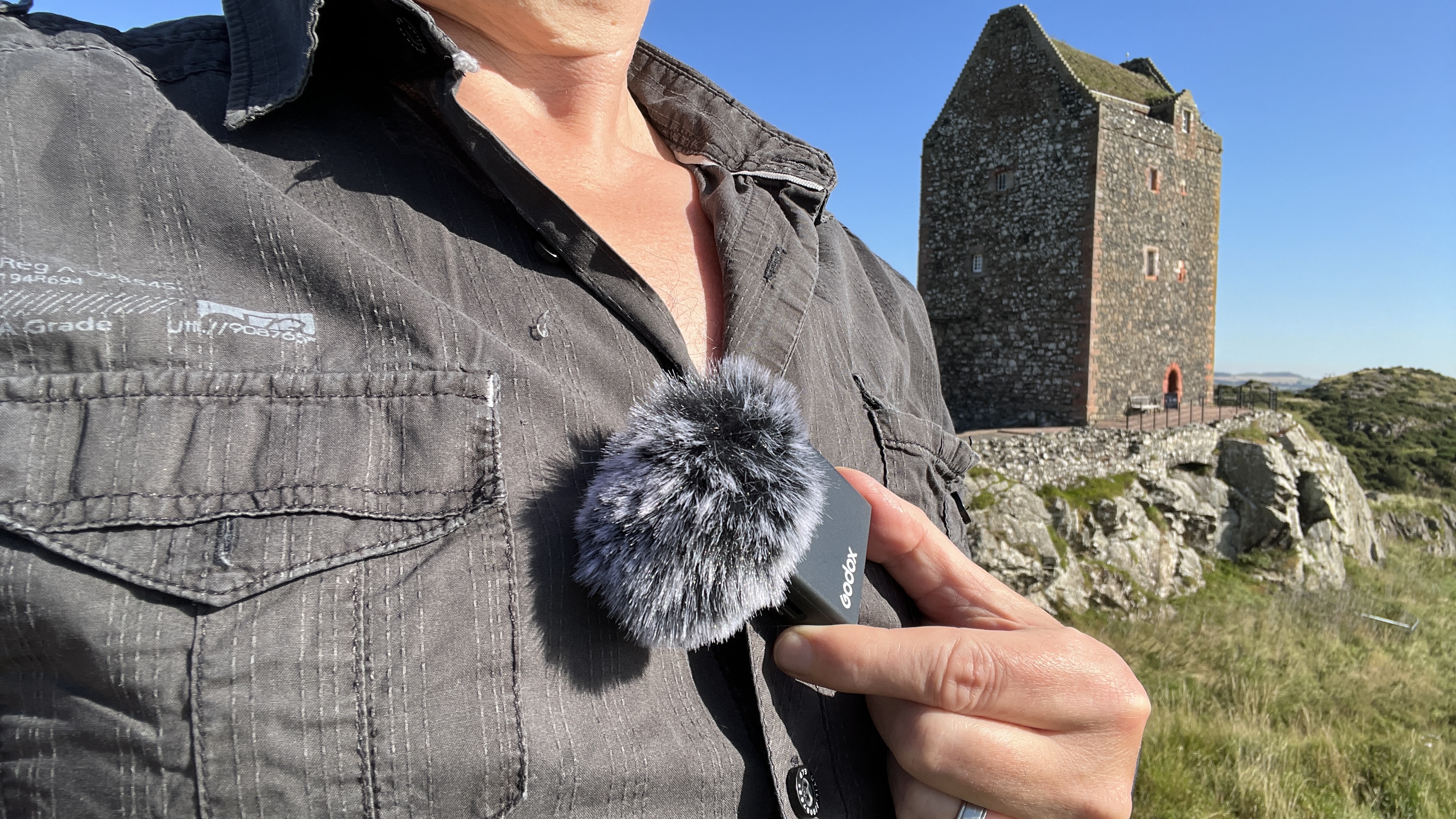
Build & Handling
When taking a plastic transmitter out of the Virso M2’s plastic charging box I was immediately struck by how lightweight it felt. However, after weighing the Virso transmitter and comparing it to a transmitter from the similarly specced Hollyland Lark Max Duo kit I was surprised to find that both transmitters weighed in at 34g. A lightweight transmitter is actually a bonus as it won’t cause clothing to sag when clipped to a shirt for example.
You can mute the transmitter by short-clicking the On/Off button. A muted transmitter displays a red light but you may not spot the red light if the transmitter is clipped to your belt while you are using the supplied lavalier clip mic. Fortunately, the Virso receiver has a bright color OLED screen that shows you a variety of properties such as incoming sound levels and whether a transmitter’s mic is muted or not. You can also use the transmitter’s buttons to choose whether to record in Mono, or Stereo or include a safety track (that records at a lower level to avoid clipping).
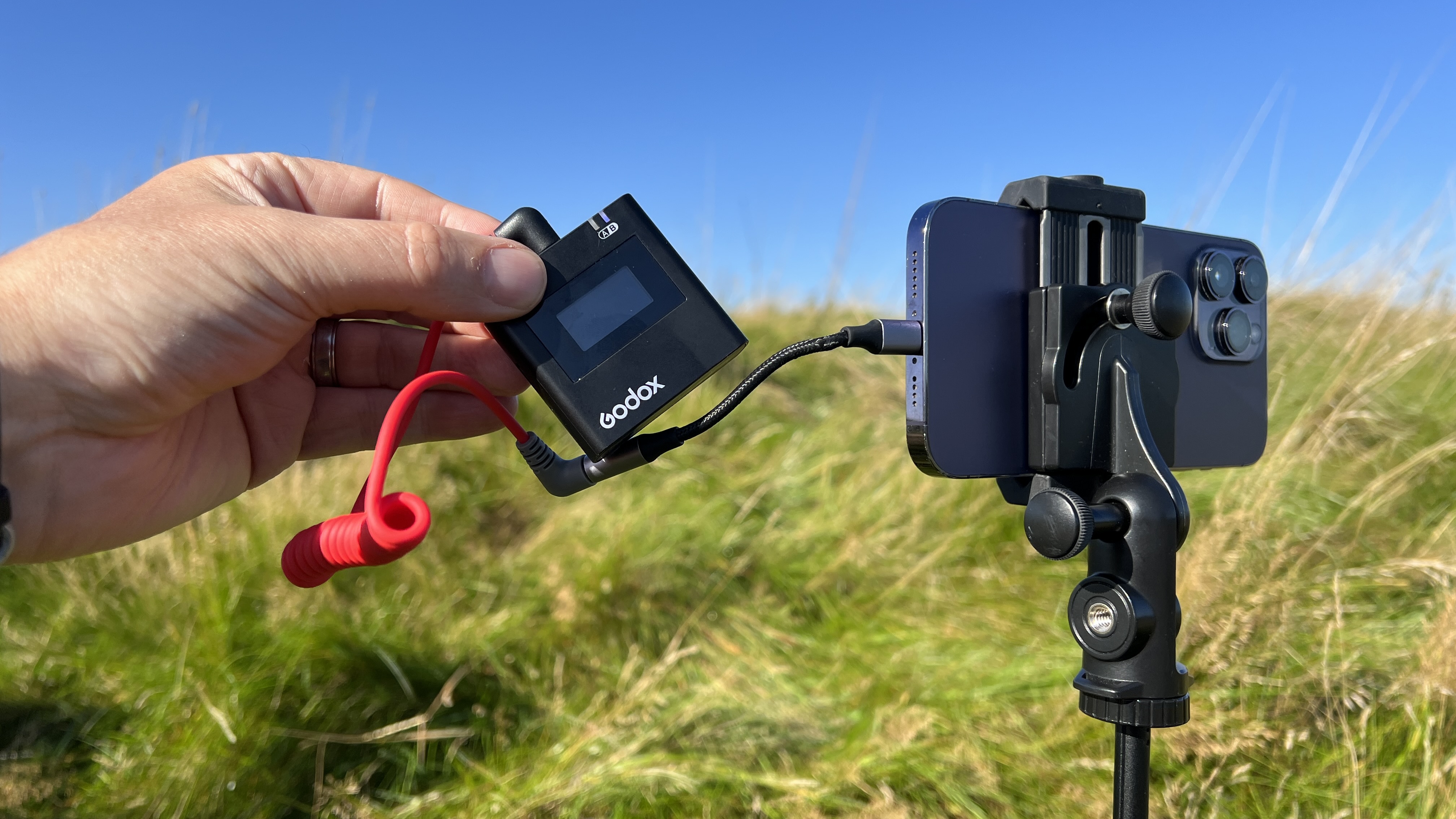
The Virso M2 kit comes with an additional charging dock so you can recharge the two transmitters and the receiver at the same time. The Virso S M2 kit lacks the charging dock so you need to charge the two transmitters and the receivers independently, which could lead to transmitters running out of power at different times if they haven’t been charged equally.
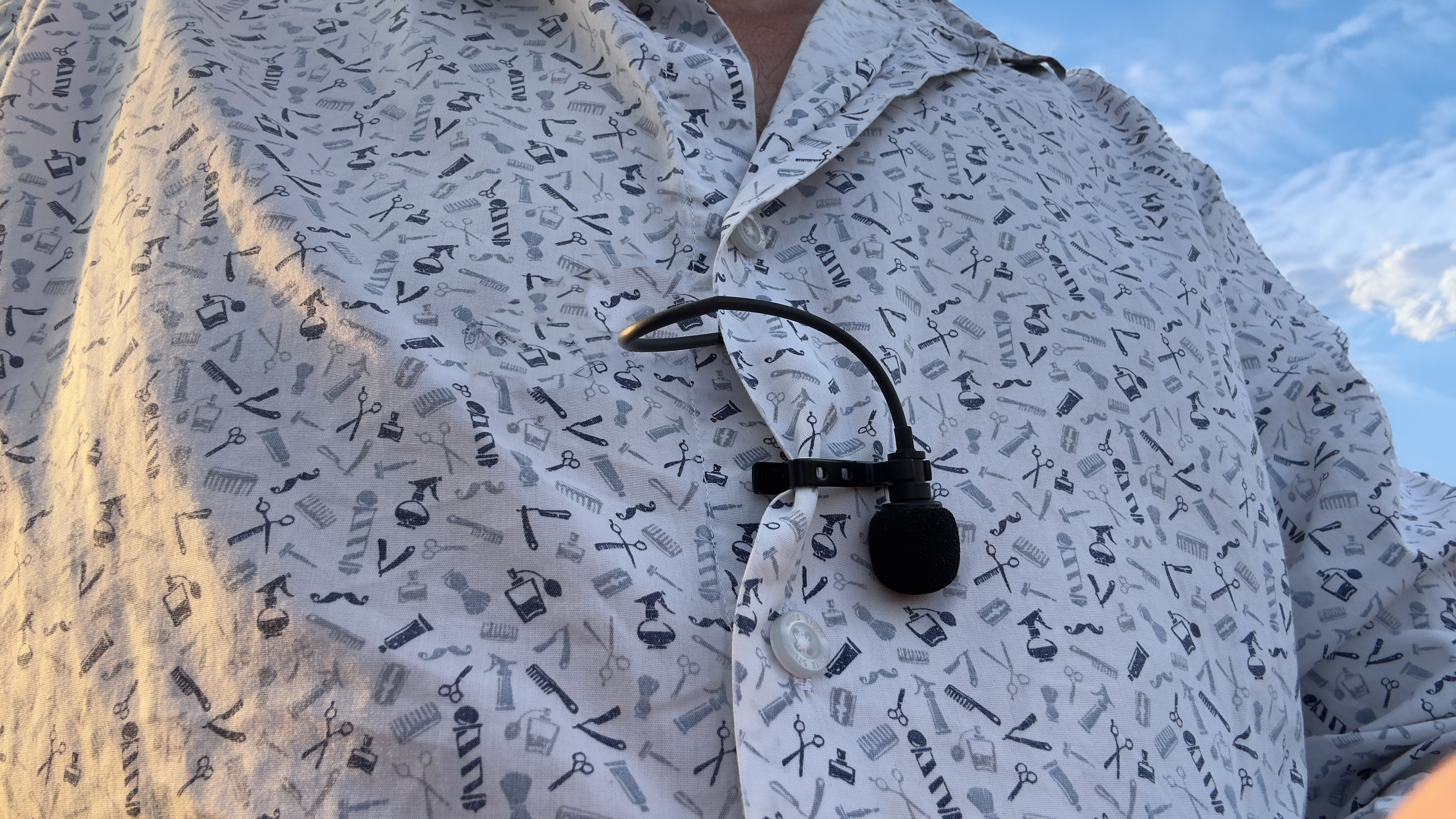
Performance
To test the Godox Virso I took the kit to the usually very windy hills of the Scottish Borders, though the wind was surprisingly mild during the test. I used the supplied 3.5 mm TRS to TRRS audio connect cable to connect the receiver to my iPhone 14 Pro Max (though I did have to supply my own 3.5mm jack to lighting adapter to connect the receiver to my iPhone).
Many of the wireless mic transmitters that I’ve tested feature fiddly and tricky to attach windshields for their transmitters. Fortunately, the Virso’s windshield clipped quickly and securely into a slot on the transmitter in an instant and kept wind noise at bay as you’ll hear from our accompanying test video. You’ll also hear the clear, crisp, and rich audio that I was able to transmit to the receiver even when I was so far away from the camera that you couldn’t see my lips move.
Some wireless mics lose their signal when you turn away from the camera and the transmitter loses line of sight with the receiver - even at close range. However, the Virso was able to transmit clear audio from over 100 meters and even through 6 feet of rock! There was no dropout to worry about! In the test video, I’ve boosted the sound levels by a couple of db in Final Cut Pro but I’ve made no changes to Loudness or added any EQ tweaks.
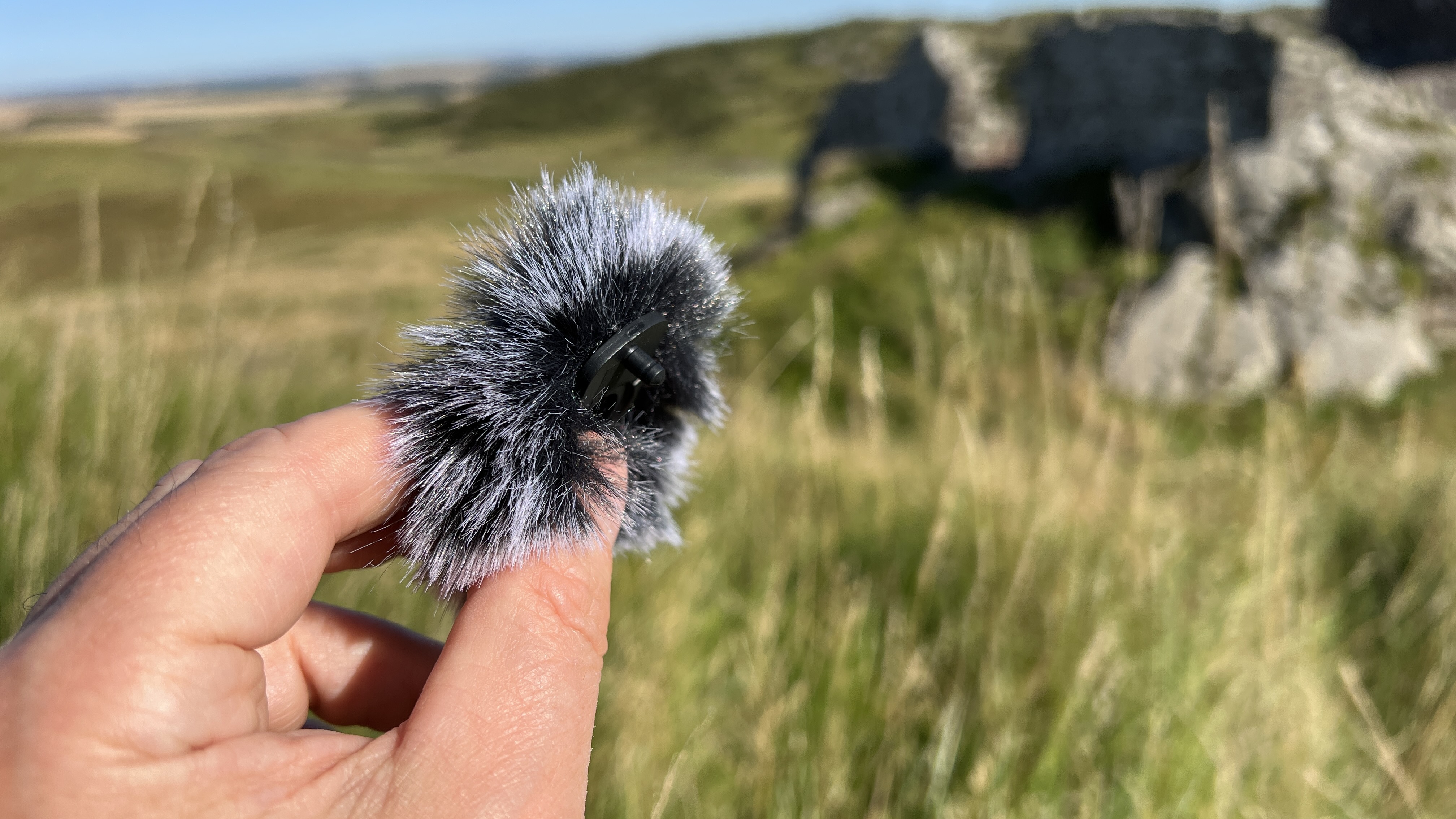
To complete my test I recorded an interview with my brother while he painted a vintage vehicle. I clipped the transmitters to our belts and attached the supplied lavalier clip mics to our lapels. I then plugged the receiver into my iPhone and chatted to my brother while filming him with the handheld iPhone. I think the sound quality from the transmitter’s mic on the Windy Hill is slightly better than the perhaps more muffled sound from the lavalier clip mic but there’s a subtle difference in quality (if any!).
Check out the test video and see if you can notice any difference between the transmitter’s built-in mic and the lavalier. During some of the interview, my brother must have tapped his transmitter’s On switch by accident and muted his mic. As I wasn’t monitoring the sound coming into the receiver I didn’t notice - which is more a failing on my part as I could have used the receiver’s headphone jack to monitor the sound.
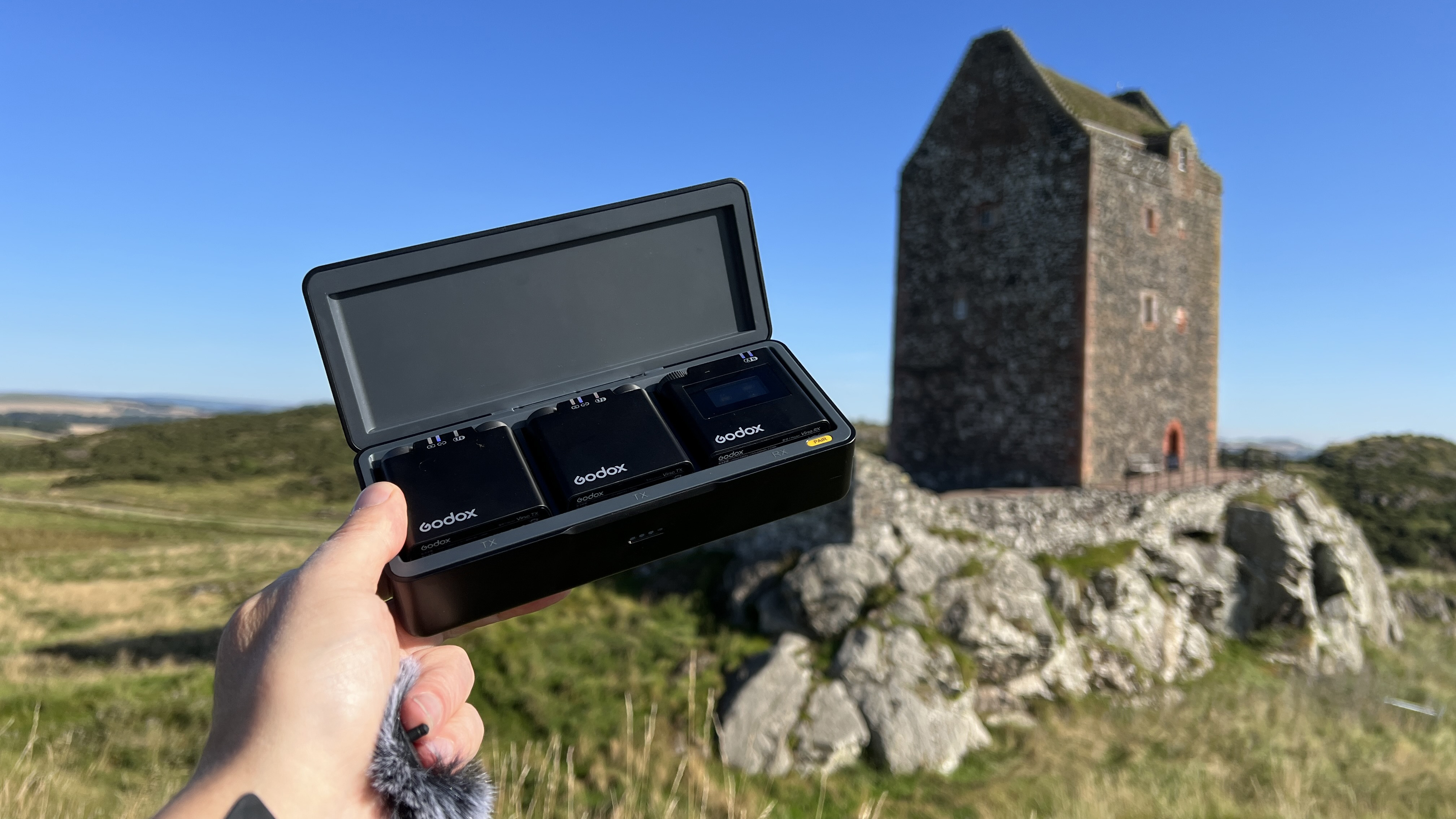
One issue most wireless mics suffer from is latency. This term refers to a delay between the subject’s lips moving and the sound of their voice. When editing my test video I noticed a slight delay so I detached the audio track in Final Cut Pro and slid it forward by two frames. Then the subject’s lips and voice were in sync. This two-frame delay is common to many of the mics that I’ve tested and is easy to fix in post.
Verdict
I was very impressed with the Virso M2’s audio quality as it was able to broadcast clear full-bodied sound from a long distance and even through thick walls. I’d happily and confidently use the Virso M2 kit to record the audio for my future projects. If you’re new to using wireless mics then the Godox Virso M2 kit is well worth considering as it works straight from the box. Both transmitters and the receiver are already paired so there’s no requirement to fiddle with buttons and Bluetooth connections! If you own a Sony camera then it’s worth considering the Godox Virso S as its receiver’s hot shoe adaptor is designed to slot into a Sony Multi-Interface shoe to provide a better signal than you’d get using traditional a 3.5 mm connection.
However, for most videographers, the standard Virso M2 kit will do a great job and you have the bonus of a supplied charging carry case to keep transmitters and receivers equally charged.
Find your prefect microphone with our top picks for the best microphone for vlogging and filmaking.
George has been freelancing as a photo fixing and creative tutorial writer since 2002, working for award winning titles such as Digital Camera, PhotoPlus, N-Photo and Practical Photoshop. He's expert in communicating the ins and outs of Photoshop and Lightroom, as well as producing video production tutorials on Final Cut Pro and iMovie for magazines such as iCreate and Mac Format. He also produces regular and exclusive Photoshop CC tutorials for his YouTube channel.
